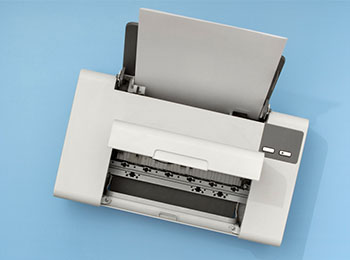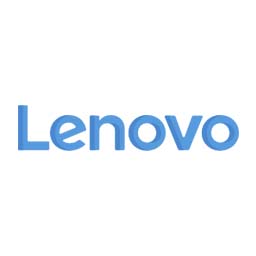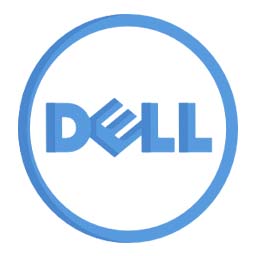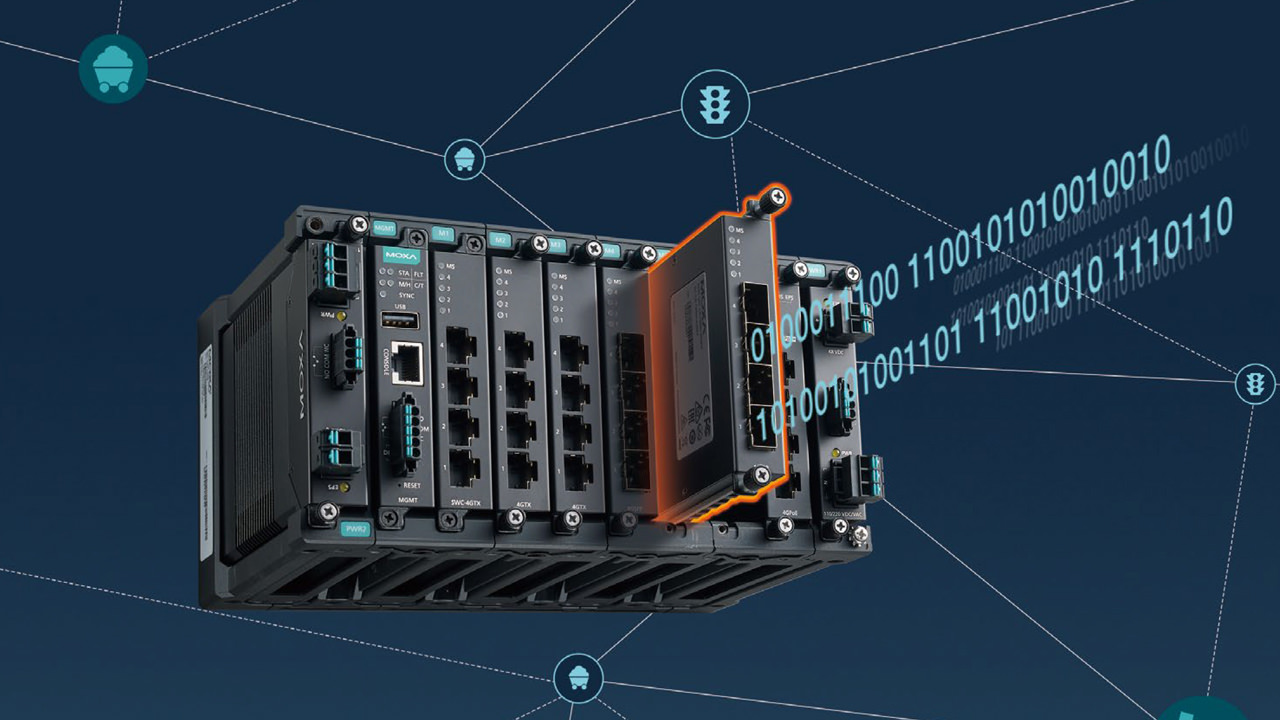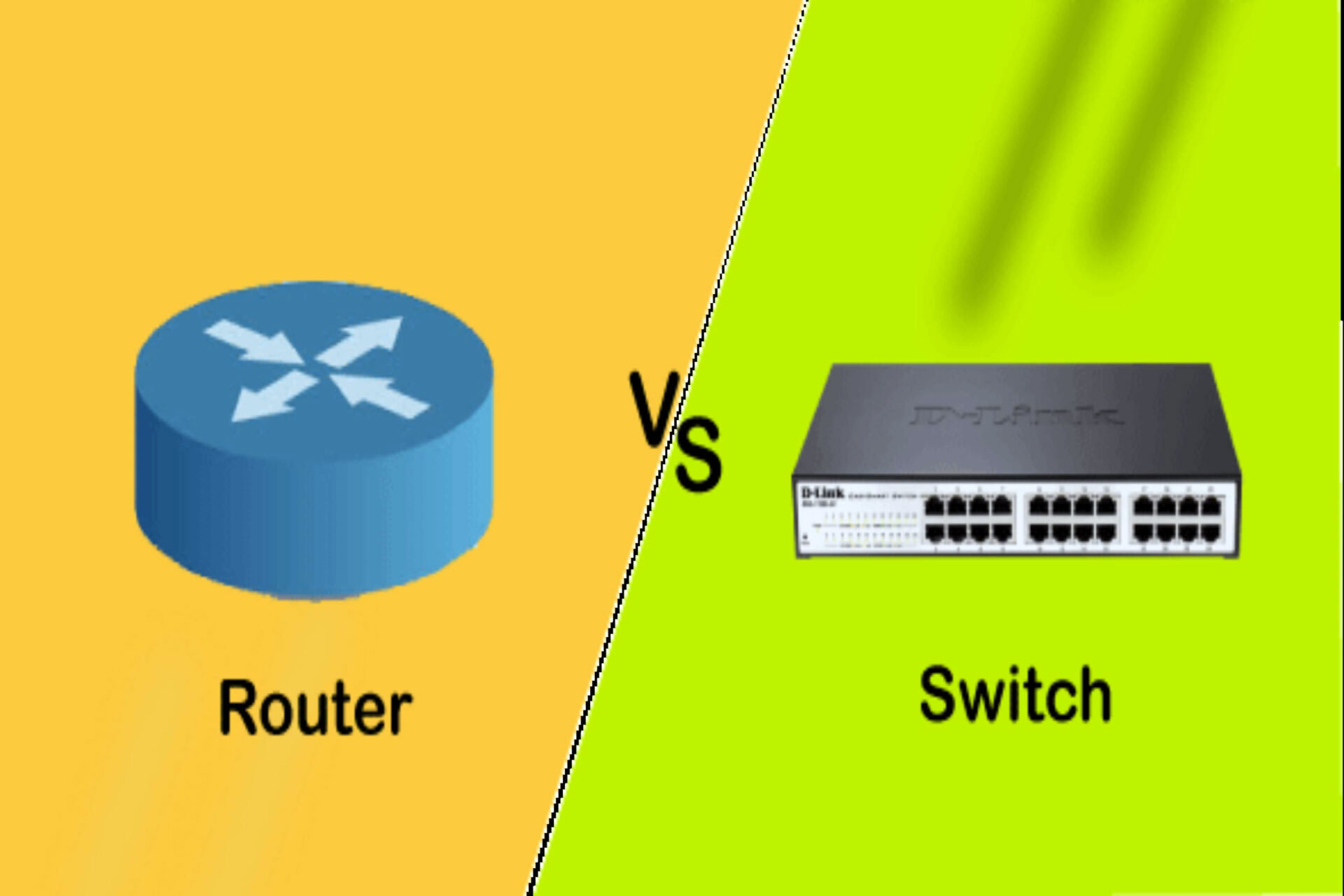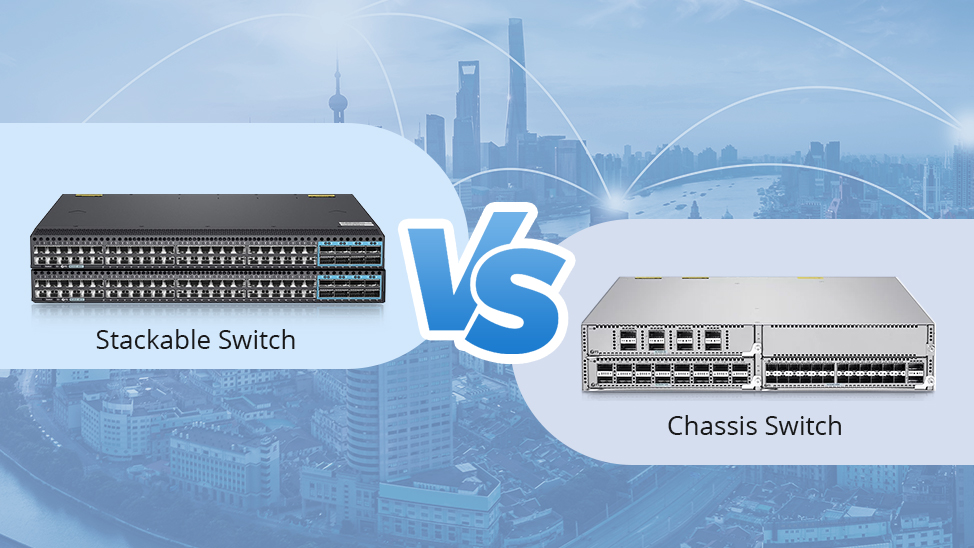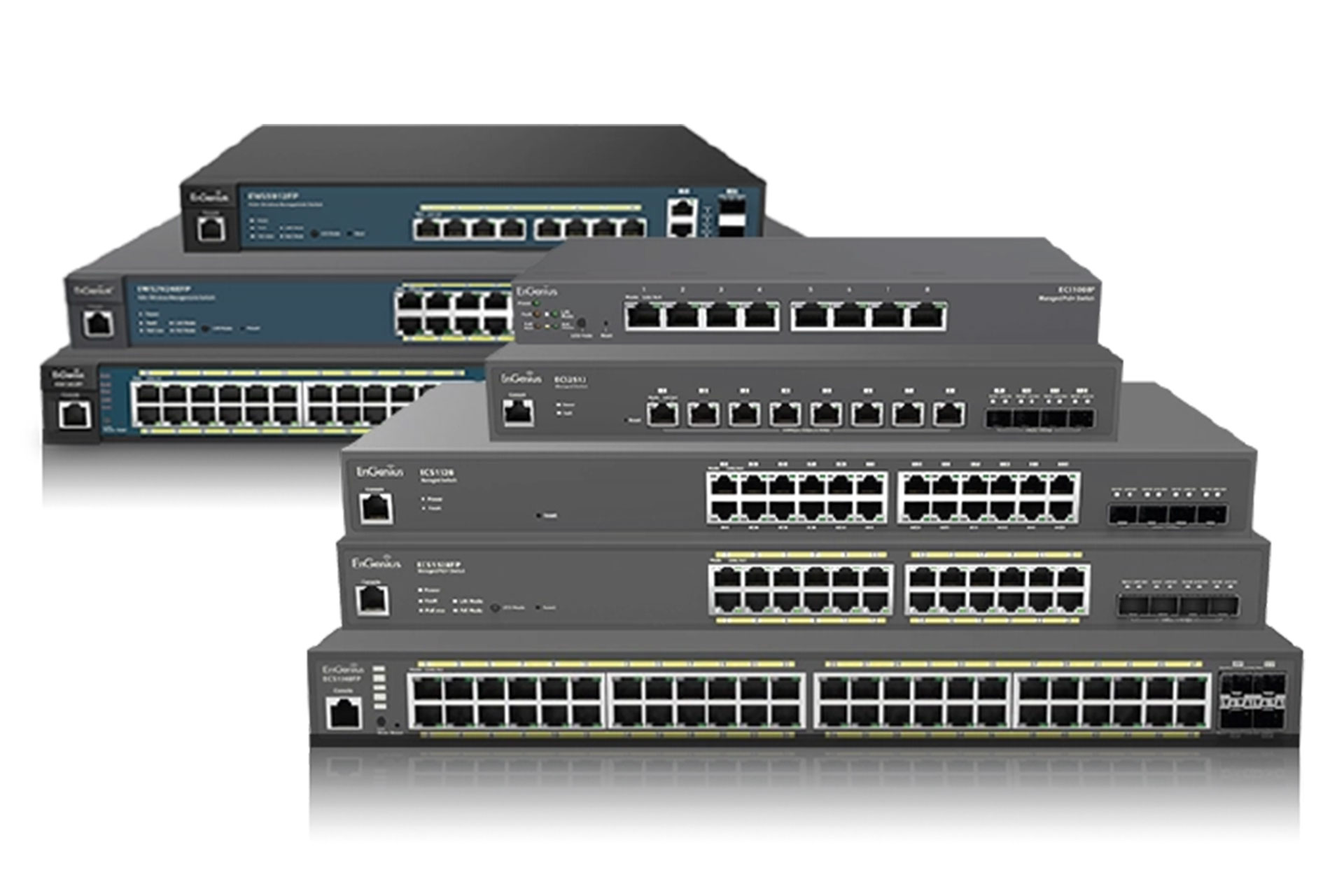Welcome to the world of industrial networking, where the choice between managed and unmanaged switches can make a significant impact on the performance and security of your network infrastructure. In this blog, we will delve into the differences between managed and unmanaged industrial switches, exploring their unique features, advantages, and disadvantages. Whether you’re a seasoned IT professional or new to the realm of industrial networking, this guide will provide valuable insights into choosing the right switch for your specific needs. From performance and security comparisons to best practices for deployment and maintenance, we will cover it all. Additionally, we will discuss the future trends in industrial switches and provide recommendations for different use cases, ensuring that you are well-equipped to make informed decisions for your network. So, buckle up and get ready to explore the exciting world of managed vs unmanaged industrial switches!
Understanding Managed Industrial Switches
Credits: antaira.com
Managed industrial switches offer the advantage of providing greater control and flexibility in managing network traffic. With features such as VLAN support, QoS prioritization, and remote monitoring capabilities, managed switches allow for improved performance optimization and network security. This level of control is especially beneficial in industrial environments where data transmission needs to be closely monitored and managed.
However, one drawback of managed industrial switches is that they typically require a higher level of expertise to configure and maintain compared to unmanaged switches. The complexity of managing various settings and configurations may pose a challenge for those who are not familiar with networking protocols or advanced switch configurations. Additionally, the cost of managed switches tends to be higher than unmanaged ones, which can be a consideration for businesses operating within budget constraints.
Key features that set managed industrial switches apart include port mirroring for real-time traffic analysis, redundant power supply options for enhanced reliability, and the ability to segment networks through virtual LANs. These advanced functionalities empower network administrators with greater visibility into their network performance while also allowing them to implement custom security measures tailored to their specific industrial requirements.
Understanding Unmanaged Industrial Switches
Unmanaged industrial switches may not have the bells and whistles of their managed counterparts, but they offer simplicity and ease of use. With no configuration needed, these switches are plug-and-play, making them a hassle-free option for basic networking needs.
While unmanaged industrial switches lack advanced features like remote monitoring and management capabilities, they make up for it with their cost-effectiveness. These switches are typically more budget-friendly compared to their managed counterparts, which can be a significant advantage for businesses looking to save on expenses.
One key feature of unmanaged industrial switches is their reliability. With fewer components and less complexity, these switches are known for their robustness and ability to withstand harsh industrial environments without sacrificing performance.
Key Differences between Managed and Unmanaged Industrial Switches
Credits: community.fs.com
When it comes to the performance comparison between managed and unmanaged industrial switches, the key difference lies in the level of control and customization. Managed switches offer advanced features such as Quality of Service (QoS), VLAN support, and network monitoring capabilities, allowing for optimized performance and traffic management. On the other hand, unmanaged switches are more plug-and-play, offering simple connectivity without any configuration options. So if you’re looking for enhanced performance optimization and customization, a managed industrial switch would be the way to go.
In terms of security comparison, managed industrial switches have a significant advantage over their unmanaged counterparts. Managed switches provide features like Access Control Lists (ACLs), port security, and encryption protocols to secure sensitive data transmission within the network. Meanwhile, unmanaged switches lack these security measures, making them more vulnerable to unauthorized access or potential cyber threats. Therefore, if data security is a top priority for your industrial network infrastructure, investing in managed switches is crucial for safeguarding your valuable information.
Lastly, when considering scalability comparison between managed and unmanaged industrial switches, it’s important to note that managed switches offer greater flexibility for expanding network operations. With advanced management capabilities such as virtual stacking and remote configuration options, scaling up your network infrastructure becomes seamless with minimal downtime or disruption. Unmanaged switches do not provide this level of flexibility or ease of expansion since they lack centralized control and monitoring features. As a result, businesses seeking future-proof networking solutions should opt for managed industrial switches to accommodate growth and evolving operational needs.
Choosing the Right Industrial Switch for Your Network
When it comes to choosing the right industrial switch for your network, there are a few key factors to consider. If you opt for a managed switch, you’ll have the ability to monitor and configure your network more extensively. This level of control can be crucial in larger or more complex networks where specific settings need to be fine-tuned.
On the other hand, if simplicity is what you’re after, an unmanaged switch might be the way to go. With no need for configuration or monitoring, these switches are plug-and-play ready, making them ideal for smaller networks or environments with less technical expertise available.
Of course, cost is also a major consideration when choosing between managed and unmanaged switches. Managed switches typically come with a higher price tag due to their advanced features and capabilities. However, if those features are necessary for your network’s performance and security needs, the investment may be well worth it.
Implementing Managed Industrial Switches in Your IT Infrastructure
Are you ready to take your network infrastructure to the next level? Implementing managed industrial switches can provide you with greater control, flexibility, and security. With advanced features such as VLAN support, Quality of Service (QoS), and SNMP monitoring, these switches offer a wide range of benefits for your IT environment.
Integrating managed switches into your existing network infrastructure is easier than you may think. By carefully planning and configuring the switch settings, you can ensure seamless compatibility with your current setup. Whether it’s creating separate virtual LANs for different departments or prioritizing critical data traffic, managed switches give you the power to customize your network according to your specific needs.
While managing managed switches may require some training and skill development, the investment is well worth it. With proper knowledge and expertise, you can maximize the potential of these powerful devices and optimize your network performance. Don’t miss out on the opportunity to enhance your IT infrastructure – consider implementing managed industrial switches today!
Implementing Unmanaged Industrial Switches in Your IT Infrastructure
Are you ready to take your IT infrastructure to the next level? Implementing unmanaged industrial switches could be the key to unlocking new levels of efficiency and performance. These switches are easy to deploy and require minimal configuration, making them a hassle-free solution for businesses looking to streamline their network infrastructure.
Integration with existing network infrastructure is seamless, allowing you to expand your current setup without the need for complex reconfigurations. Whether you’re a small business or a large enterprise, unmanaged industrial switches can provide reliable connectivity for all your devices, from computers and printers to surveillance cameras and access points.
In situations where simplicity and cost-effectiveness are top priorities, unmanaged switches shine as the ideal choice. With their plug-and-play functionality and durable design, these switches offer a straightforward yet robust solution for enhancing your IT environment.
| Features | Managed Industrial Switches | Unmanaged Industrial Switches |
| Control | Managed industrial switches provides flexibility to the network administrator | Unmanaged industrial switches works like a plug and play switch |
| Configuration | Managed industrial switch has advanced features which allows users to manage, configure, and monitor | Unmanaged industrial switch comes with fixed configuration |
| Performance Monitoring | Uses QoS and VLANs to monitor the performance | Built-in QoS services |
| Security | Provides extensive set of security features | Provides basic set of security features |
| Cost | More Expensive | Less Expensive |
Managing and Maintaining Industrial Switches
When it comes to managing industrial switches, the key is all about monitoring and troubleshooting. With managed switches, you can actively monitor network traffic, identify any issues that may arise, and troubleshoot them in real time. This level of control allows for a more proactive approach to maintaining network stability and performance.
On the other hand, ensuring the reliability of unmanaged switches requires a different mindset. While you may not have the same level of visibility and control as with managed switches, there are still important steps you can take to maintain their reliability. Regularly checking for physical damage or environmental factors that could affect performance is crucial in ensuring the continued functionality of unmanaged switches.
In addition to monitoring and troubleshooting, another important aspect of managing industrial switches involves upgrading and updating switch firmware. This ensures that your switches are equipped with the latest features and security patches, helping to minimize vulnerabilities and keep your network running smoothly. Whether dealing with managed or unmanaged switches, regular firmware updates are essential for maintaining optimal performance.
Future Trends in Industrial Switches
Credits: iebmedia.com
The future of industrial switches is looking bright, especially with the advancements in managed switch technology. Managed switches offer enhanced control and flexibility, allowing for better network performance and security. With features like VLAN support, QoS prioritization, and remote monitoring capabilities, managed industrial switches are becoming increasingly essential for modern industrial networks.
As IoT continues to grow in the industrial sector, there is potential impact on unmanaged switches as well. The increasing number of connected devices and sensors require more efficient data transmission and management. This could lead to a shift towards smarter, managed switch solutions that can handle the complex networking demands of IoT applications.
In addition to technological advancements, emerging trends in industrial networking are also shaping the future of industrial switches. From the adoption of gigabit Ethernet to the integration of wireless connectivity options, these trends are driving innovation in switch design and functionality. As industries continue to evolve, so too will the role of industrial switches in ensuring reliable and high-performance networks.
Conclusion and Recommendations
The key difference between managed and unmanaged industrial switches lies in their level of control and configuration options. Managed switches offer greater flexibility and security features, making them ideal for complex network environments where fine-tuning is essential. On the other hand, unmanaged switches are simpler to set up and require less maintenance, making them suitable for smaller-scale operations with limited IT resources.
For use cases where real-time monitoring, traffic prioritization, and advanced security protocols are critical, we recommend opting for managed industrial switches. These features are especially valuable in industries such as manufacturing or utilities where downtime can be costly. Conversely, if your network needs are straightforward and cost-efficiency is a priority, unmanaged switches may suffice for basic connectivity requirements.
Looking ahead, advancements in technology may bridge the gap between managed and unmanaged industrial switches. As IoT adoption continues to grow within industrial settings, future implementations might see a convergence of features that combine the simplicity of unmanaged switches with the intelligence of managed ones. It’s important to stay informed about these developments when planning for long-term networking infrastructure.
Networking Arts is a top business IT solution provider and UK IT hardware reseller, specializing in Cisco software license solutions and network switches. As a managed IT provider, we offer a wide range of networking equipment including wifi modems, routers, wireless access points, and computer accessories. With our expertise in IT equipment and solutions, we are dedicated to providing the best products and services to meet your business needs. Whether you are looking for network devices or software solutions, Networking Arts is your trusted partner for all your IT requirements.
Frequently Asked Questions
1. What is the difference between managed and unmanaged industrial switches?
Managed industrial switches allow for remote configuration and monitoring, while unmanaged switches do not have these capabilities.
2. What are the benefits of using managed industrial switches?
Managed switches offer advanced features such as VLANs, QoS, and security protocols, providing greater control and network optimization.
3. Are managed industrial switches more expensive than unmanaged switches?
Yes, managed switches generally have a higher price point due to their additional features and capabilities.
4. When should I choose a managed industrial switch over an unmanaged switch?
You should choose a managed switch when you require advanced network management, security, and performance optimization.
5. Can I upgrade an unmanaged industrial switch to a managed switch?
No, unmanaged switches lack the necessary hardware and firmware to be upgraded to a managed switch. It requires purchasing a new managed switch.
Understanding the key differences between managed and unmanaged industrial switches, including their advantages, disadvantages, features, performance, security, scalability, and cost. Recommendations for choosing the right switch for your network, implementing and managing them, and future trends in industrial switches.











